Continental Sport Attack 3 Tire Review
Conti's new street tire seems pretty racy to me.
Don’t know about you, but when I think about the latest, greatest hot sticky tires for sportbikes, I don’t think “Continental” first, and the new Conti Sport Attack 3 isn’t really designed to change that. Probably that’s because Continental isn’t really associated with racing like Bridgestone, Pirelli, Dunlop, not in the U.S. at least. The new Sport Attack 3 is a sportbike tire designed for street use, for long life, for good but not ultimate grip, and in the case of this tire, increased wet traction.
Given that, it’s very cool that Conti invited us to Texas to ride around on the Sport Attack 3 on its new race track. Scratch that: “handling course!” And its chief test rider is nobody’s fool; he could’ve turned on the sprinklers for us to test that increased wet grip, but chose not to. Smart man. Motorcycles aren’t as cheap as they used to be.
Besides, test rider Malte Bigge already tested the SA3 extensively in the rain, has plenty of data to prove it’s better in the wet than the Sport Attack 2 (along with a totaled BMW S1000RR), and since he spent his youth acting out in the German Superbike series, we’ll take his word for it. As you can see from the spider diagram, Conti was also after a bit more mileage.
To achieve that increased wet grip, the new tire has more, wider grooves at its edge for increased drainage along with a revised silica compound – both of which are claimed to decrease warm-up time as well as grip wet pavement better.
What I can vouch for is the new tire’s dry grip and handling. The older, shorter “handling course” at Continental’s 5000-acre test center in Uvalde is still Malte’s favorite place to test, mostly because it has a few bumps and is tight enough to more accurately reflect real street speeds. I got to ride there first, starting out on a Triumph Daytona 675, a good, less-powerful bike to warm up on and learn the course. Remembering which way to turn wasn’t so easy thanks to all the Texas spring wildflowers growing tall right up to tracks edge (which were fantastically fragrant to spin off into in a Mustang convertible later in the day).
By the time I swapped out the Triumph for a Suzuki GSX-R1000, I was ready to roll and remembering I’d forgotten how much I like this Suzuki. Its abrupt power delivery is just enough to step the rear out an inch or two and steer the bike in the intended direction until the rear heats up. The front tire profile feels more rounded than pointy, and therefore linear-steering, without feeling heavy-steering, at these slower speeds.
The thing I noticed and liked immediately about the Conti is its slightly soft carcass. My old R1 at home is still wearing a pair of Dunlop GP-A race tires which transmit every pebble to my butt; the Contis are just the opposite, rolling smoothly over small chop you can see with your eyes but not feel through your motorcycle. A serious race tire needs to be stiff because flex produces heat. A street tire doesn’t need to be so cruel.
In the one heavy braking zone on the old course, that supple carcass also makes for very confident hard braking; the front seems to deform just enough to spread the contact patch and increase its surface area.
But, yo, what fresh pavement through yonder helicopter window breaks? It is a brand new “handling course” whose asphalt is just freshly cured, amazingly smooth and with nice, fresh paint lines all the way around. It’s longer and faster than the morning course, and with quite a bit of up and down as well. Malte really likes you to call it a handling course and not a race track, like he doesn’t want his bosses to find out how much he enjoys his work, but he confesses Continental hired a famous European designer to lay it out. I got to ride it in the helicopter first, which was more fun than I would’ve suspected. Helicopters get great traction in thin air.
I stuck to my GSX-R1000 to figure out the new track and was loving it: nice, linear steering again in the long sweepers, impeccable stability everywhere, and light, quick steering into the track’s two tight lefts. Also, as we tested the handling, at a swifter and swifter pace, prodded along by Sam Fleming the Roadracing World guy I attended lots of track intros with back in the day, it began to seem like these “street” tires also had quite a bit of outright grip. Laying back into the Suzuki’s abrupt throttle hard still wouldn’t break the rear loose out of the tight 2nd-gear lefts, and the front tire felt perfectly planted too at ludicrous speed around the fast sweepers, in the couple of braking zones and through a really fast chicane.
I was forced to swap the Suzuki for an S1000RR BMW in order to gather up enough physics to challenge the Contis; giving that bike the berries into the top of 3rd gear (maybe it was 4th) shoved the bike fast enough into the really fast left sweeper to feel the front begin to cry Onkel. The front’s “3D technology” is designed to give the street rider plenty of warning before it lets go, and on the track under the monster BMW, you do begin to feel a slight judder from the front tire at a speed and angle of lean you’d approach on very few public roads, just before it was about to tuck. Chill, mein herr.
The BMW generated enough speed to make steering through the fast chicane require a heavy shove on the bars, to which the bike responded with perfect accuracy and stability. And I don’t remember what traction control setting we were on, but the rear SA3 had enough grip to spit the mighty BMW right past the Triumph 675 (conveniently with Fleming on it) exiting the tightest corner on the track when I whacked the gas all the way open in the interest of Science.
I’m no Marc Marquez or Shelina Moreda, but I don’t think I’d go around that place much faster if you put me on a “faster” tire. It’s like Curtis Adams used to say when people didn’t like him getting a special tire now and then for Willow Springs: You have to know what to do with the tire in order for it to do you any good.
I just about reached my personal speed limit on this day on this “street tire;” your mileage, of course, may vary. Nineteen-year-old MotoAmerica 600 Superstock racer Michael Gilbert, who was also along for the ride, said he was giving it about 70% when he left the rest of us in the dust. On second thought, then, maybe I was giving it about 68…
Really good and comfortable everyday street tires, I’d say, that are definitely up for a track day, and especially if you live where moisture descends from the heavens on a regular basis. The Germans know what they’re doing.
Nice video starring Alex Hoffman at Assen:
Tire prices, of course, vary widely, but these are the MSRPs:
More by John Burns



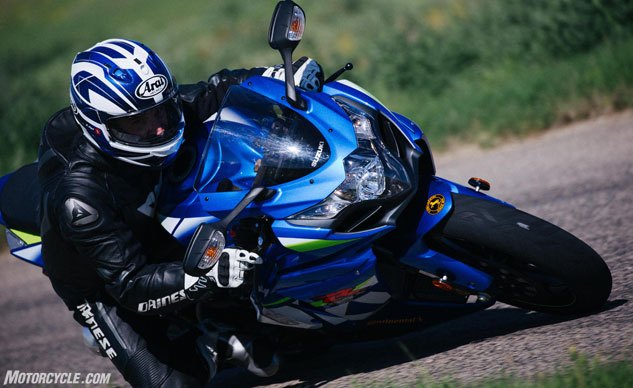
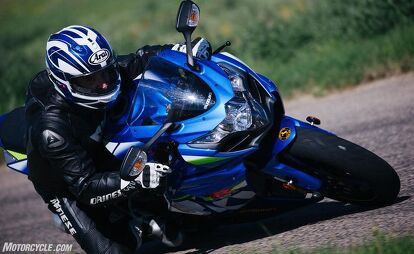



























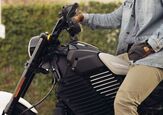

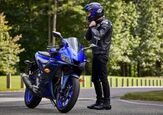
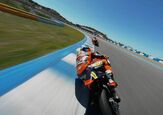
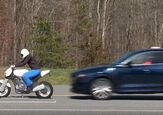
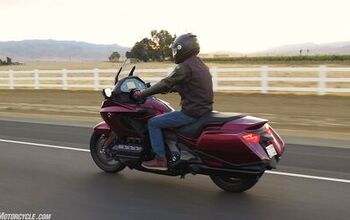
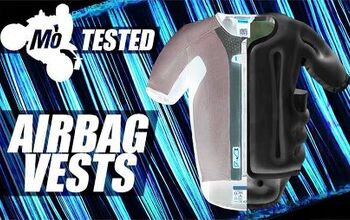
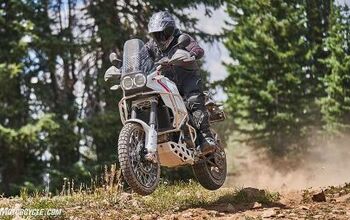


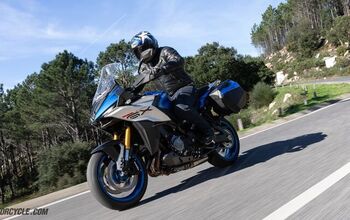
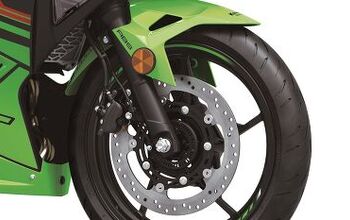
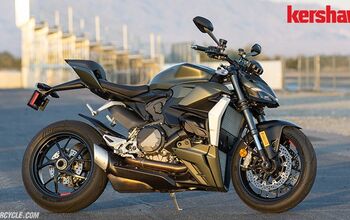
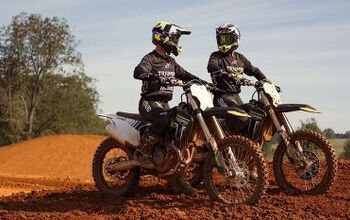
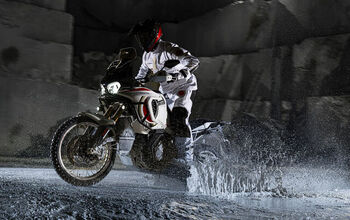
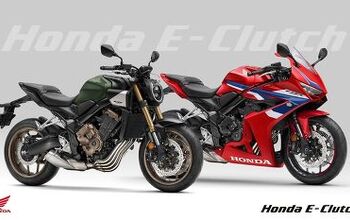
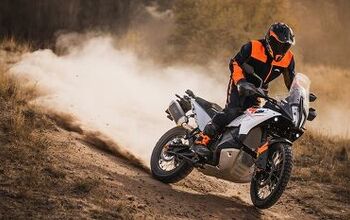

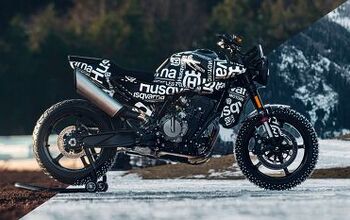
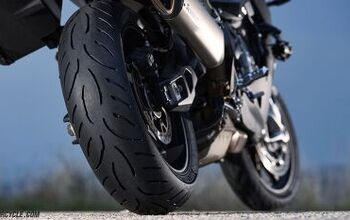
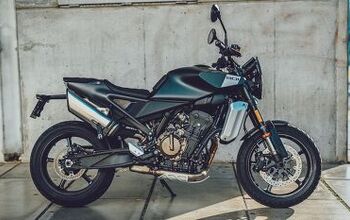


Comments
Join the conversation
Nice Infomercial.
How about a head to head comparison _you_ conduct between these tires and Michelin Pilot Road 4 ?
Bought SA3 for my s1000xr , Better than Q3 & M7RR for winter riding .Love em